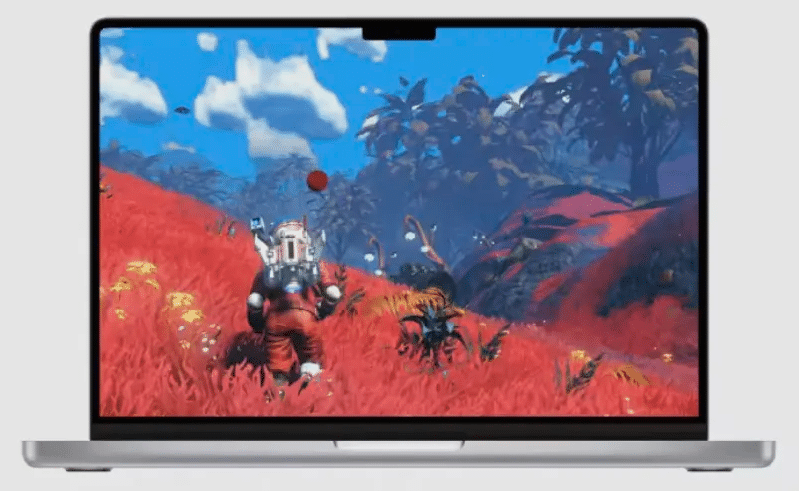Last year, Apple introduced a graphics processing technology called MetalFX. It reduces the burden of graphics rendering through a unique method, allowing low-resolution images to exhibit higher-resolution effects after algorithmic processing. For an extended period, there has been a prevailing belief in the external realm that Apple independently developed this technology. However, recent research indicates that metalFX is rooted in AMD FidelityFX Super Resolution (FSR) technology.
Why MetalFX

While Apple has not formally acknowledged the development of metalFX based on FidelityFX, this revelation has garnered widespread attention. AMD had earlier declared FSR as an open-source initiative. Unlike Nvidia’s DLSS, FSR operates without the need for proprietary Tensor core support. This revelation holds potential advantages for AMD, Apple, and gamers alike. Notably, the recent open-sourcing of FSR 3 and its frame generation technology suggests the possibility of its future application on Apple platforms, potentially enhancing the performance of Apple chips.
ItalFX versus FSR 2. The efficacy of resolution enhancement technology is notably impressive. Without metalFX, running games like Resident Evil: Village and Death Stranding smoothly on Apple devices, especially the iPhone 15 Pro and other mobile devices and laptops, would be nearly impractical. However, it is crucial to highlight that these games still grapple with hardware constraints on Apple’s mobile devices and laptops compared to Mac computers.
The integration of the already open-source FSR 3 frame generation technology into metalFX by Apple would further bolster its potential in the gaming realm. Given the recent launch of the Apple Arcade exclusive game “Sonic,” it is evident that Apple harbors significant aspirations in the gaming sector.
It is noteworthy that FSR 3’s frame generation technology has started to showcase its advantages when compared to DLSS in games such as “Avatar: Pandora’s Frontier,” demonstrating comparable performance.
Read Also: Apple iPhone 15 Pro DXOMARK Front Camera Test: 149 Points Ranked First